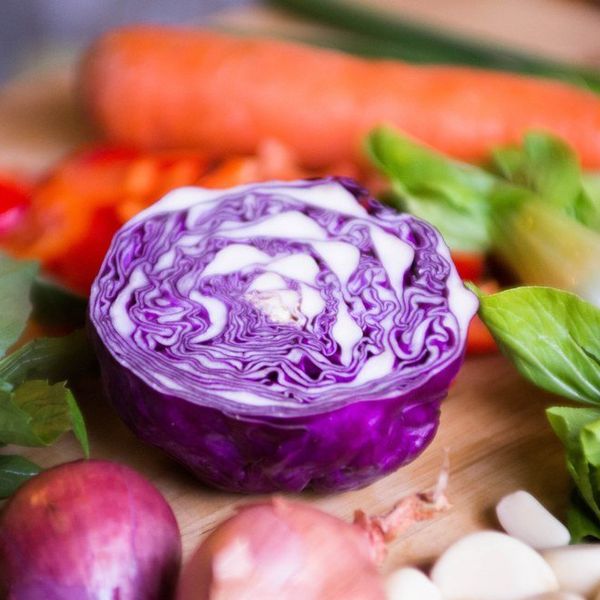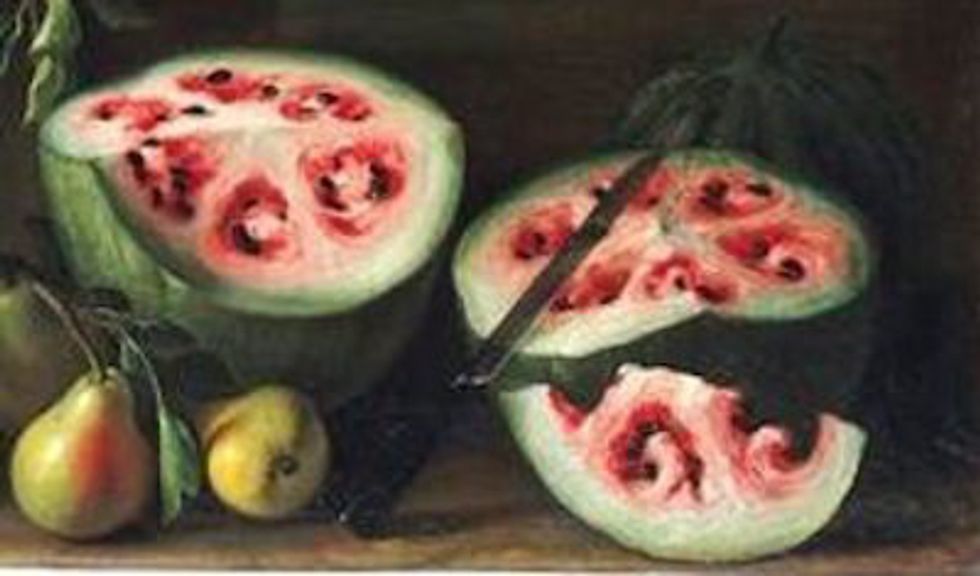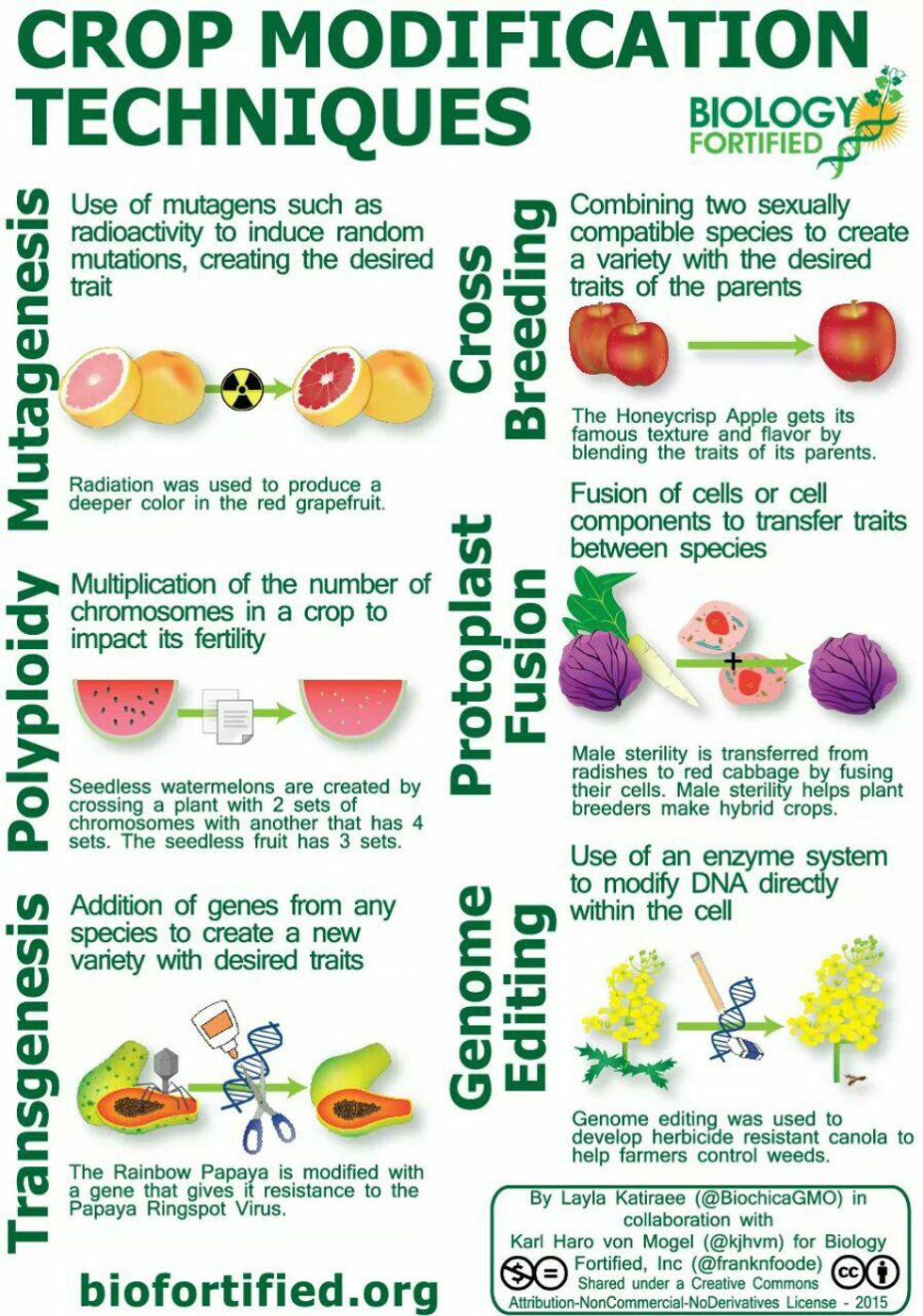If you've looked in the produce section of a grocery store within the last few years, you will see two specific labels making their way on to more and more produce items: Non-GMO Project and Certified Organic. Generally they are sitting side-by-side in the healthy foods section with packaging that is green, nature-like, and peaceful. What do these labels mean? Many people will assume they mean the food inside is safer and healthier than alternate options. Organic foods pride themselves on not containing GMOs, or genetically modified organisms. Even though GMOs are safe, it is important to know that Non-GMO is not equivalent to "the DNA in this plant has never been altered."
Ever since the dawn of agriculture in 9000 BC, man has been cross-breeding plants in order to suit their nutritional needs. Some of the most common crops today looked excruciatingly different before they were domesticated, and they held little nutritional value. The watermelon, pictured below, is a prime example.
Methods like cross-breeding instantly changed the genetic makeup of today's crops. Science has come incredibly far since then, and we now use a variation of breeding methods to create the healthiest foods possible. Methods like mutagenesis, polyploidy and protoplast fusion are in common practice and are all involved in Certified Organic and Non-GMO Project foods, and genome editing is currently being researched. So far, it has mostly been used in the medical field for cancer and diabetes research. Below, you will see a breakdown of how all the different breeding methods take place.
Transgenesis, or the method that produces GMOs, is currently the only form of breeding under fire from society. Now, let's look at some of these other methods.
Mutagenesis may involve introducing radioactivity to the foods we eat. If we were using the same logic as those opposed to transgenesis, there should be people screaming about how unsafe radioactivity is and that we should keep it away from our food.
Genome editing is not being widely used yet, but many biotechnology companies are looking into it so they can advertise they are non-GMO, when in actuality they are just as modified as the GMO crops. Understand that transgenisis is just another form of breeding, except a protein from another crop is introduced. All of those stock photos you see of plants being shot with crazy neon liquids is definitely not how it works.
One famous experiment by scientists talked of an apple that was slow to deteriorate. It was a GMO crop, and it was quite the talk of the scientific community. All they had done was found a protein in bacteria that suppressed the chemical that caused rotting. Scientists introduced the protein to the apple, and boom. The apple had a shelf life for weeks. However, all you saw on the internet was people screaming about the "Franken-apple."
GMO crops have made great strides in science and have helped maximize farm production. It is important to know they are to be embraced and not feared. Many people are scared of the weeds that are now intolerant to our herbicides due to wide GMO use, but GMOs can very well be the answer to their own problem. They have fixed many other problems like vitamin A deficiency, and they have cut back on pollution from nitrogen fertilizers.
At the end of the day, we need to embrace the new strides in science that keep our bellies full and our bodies healthy. No matter what food it is you are buying, know that the DNA is contains has definitely been modified over the years. It doesn't matter what label is on the front. Your food is healthy, and is produced specifically for you from farmers all over the world.























